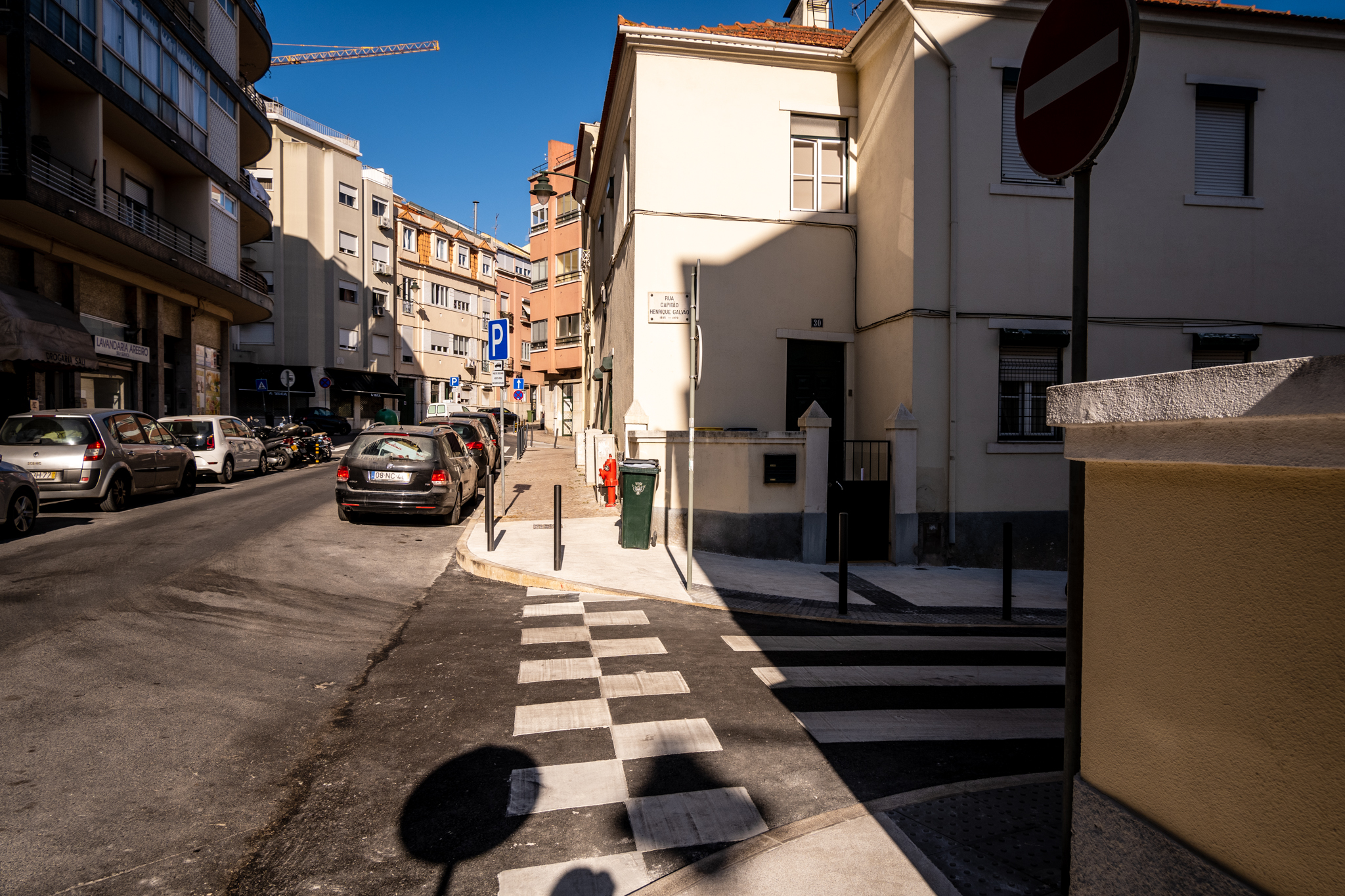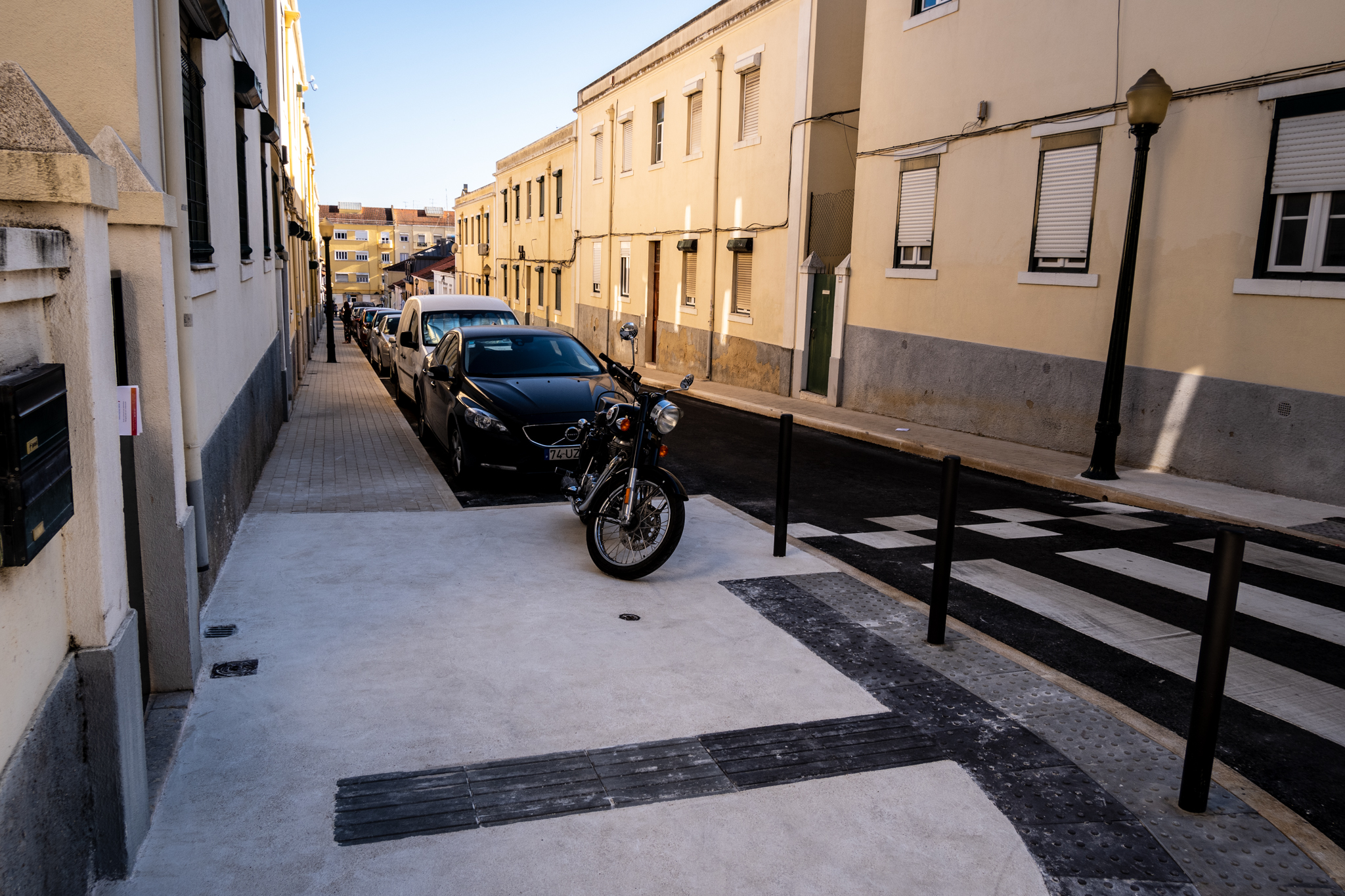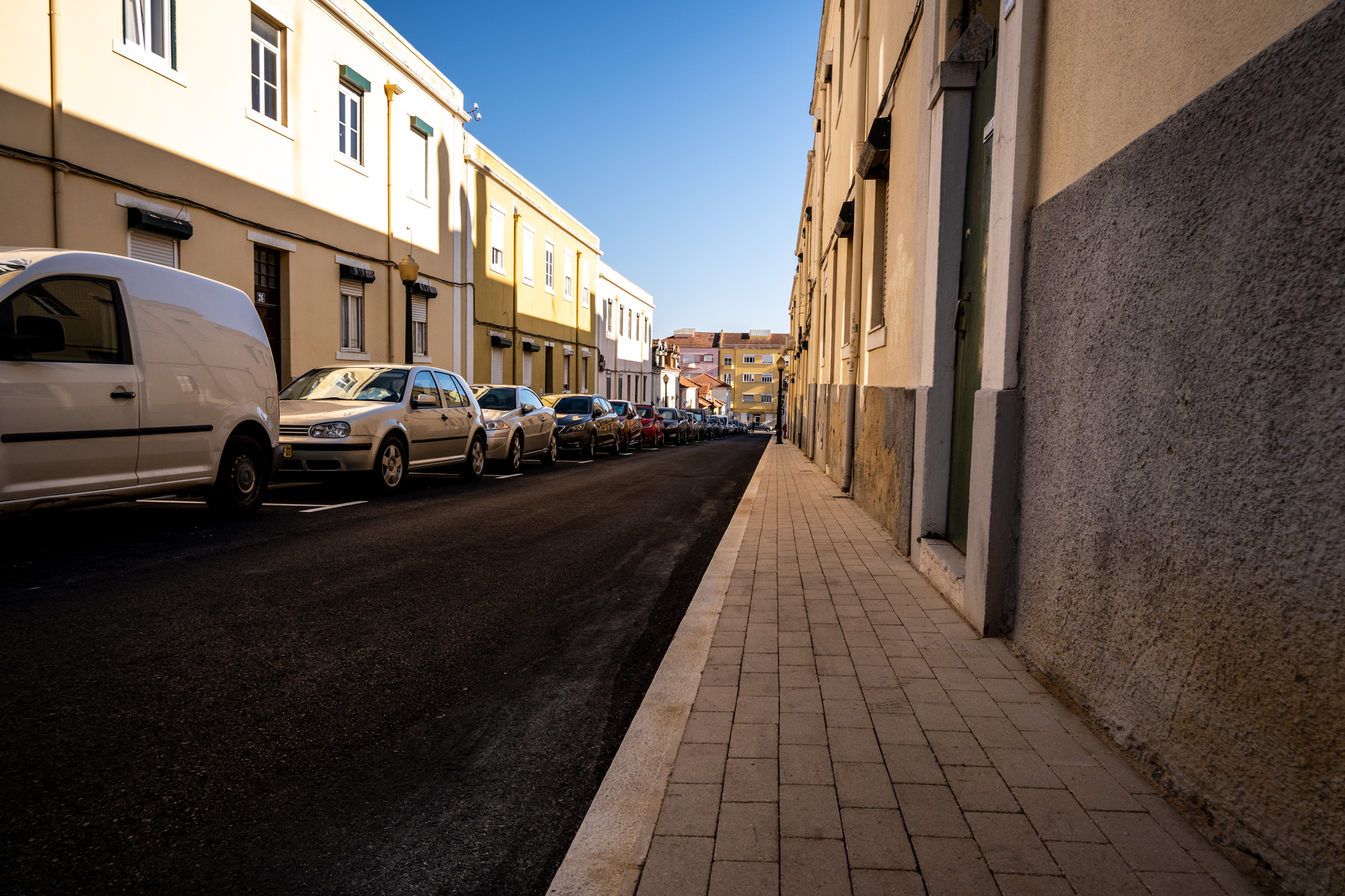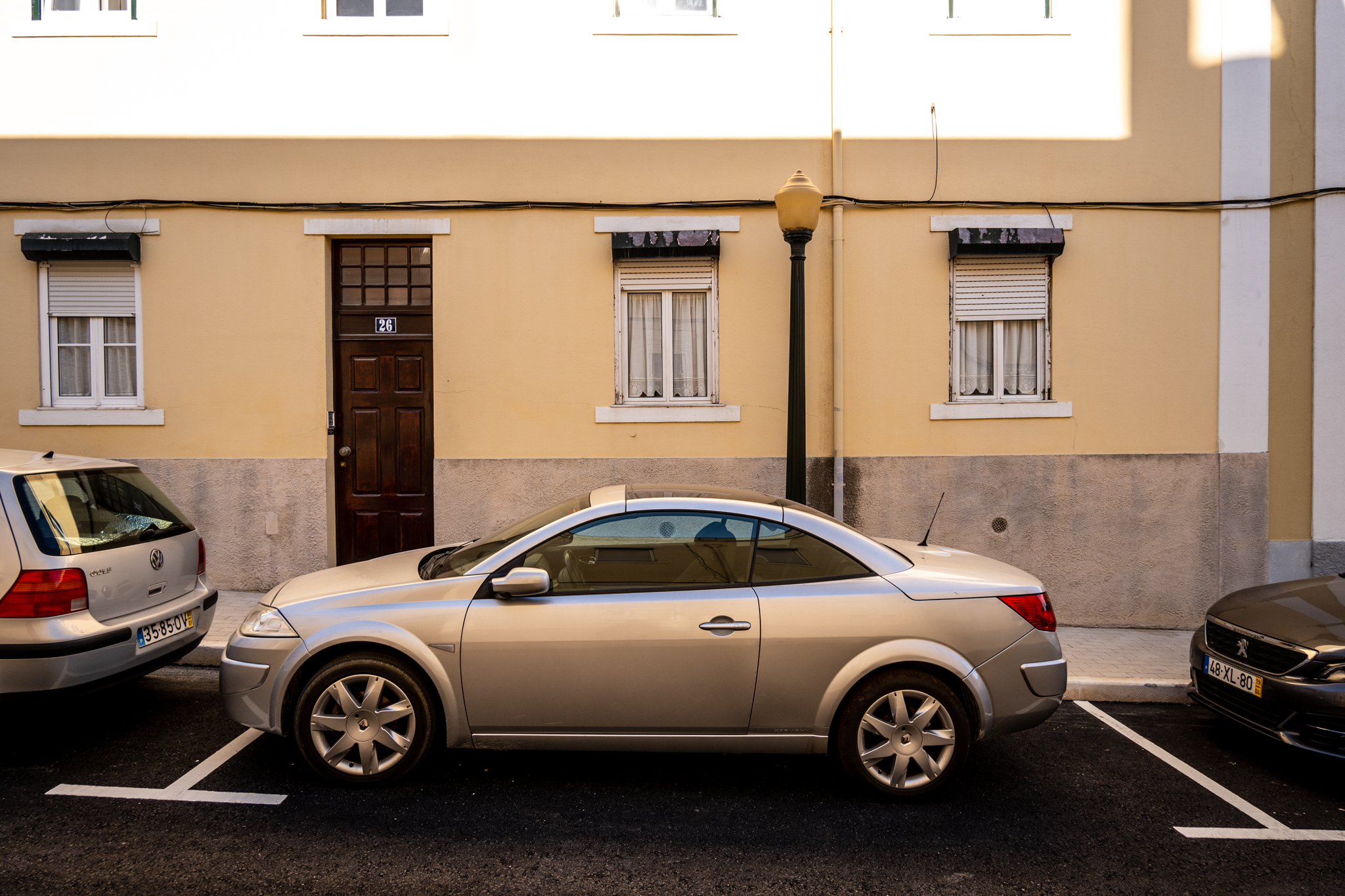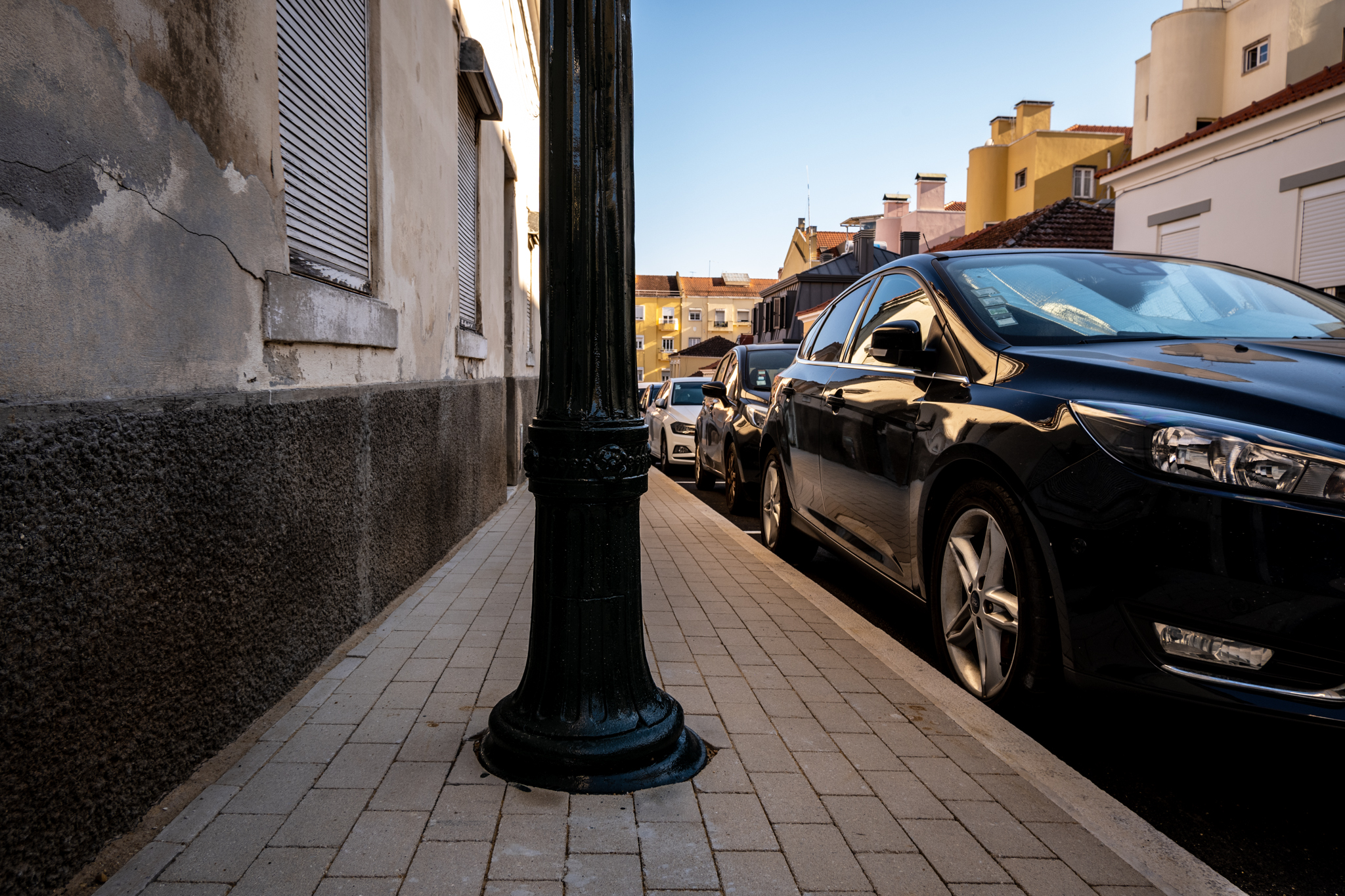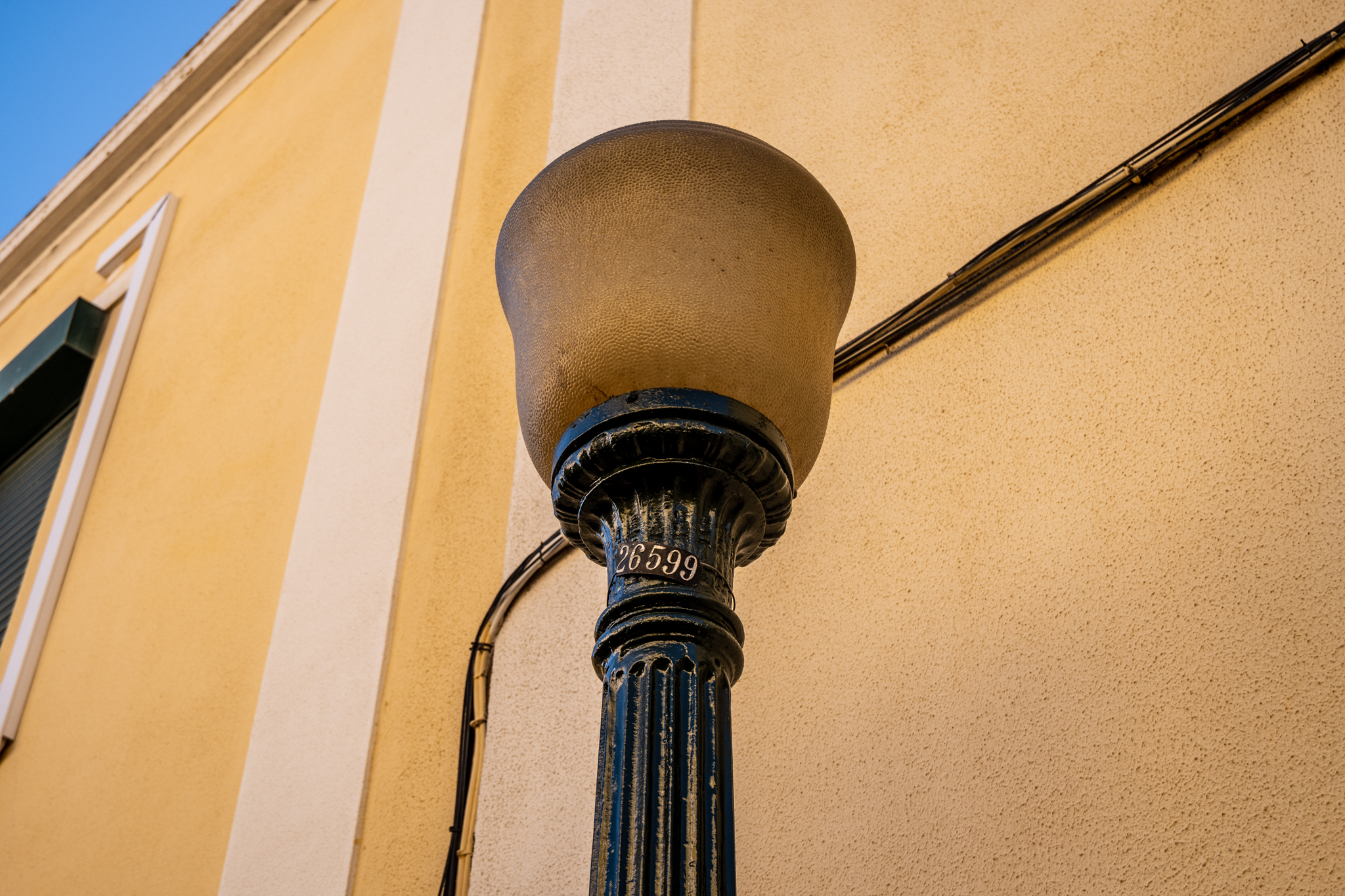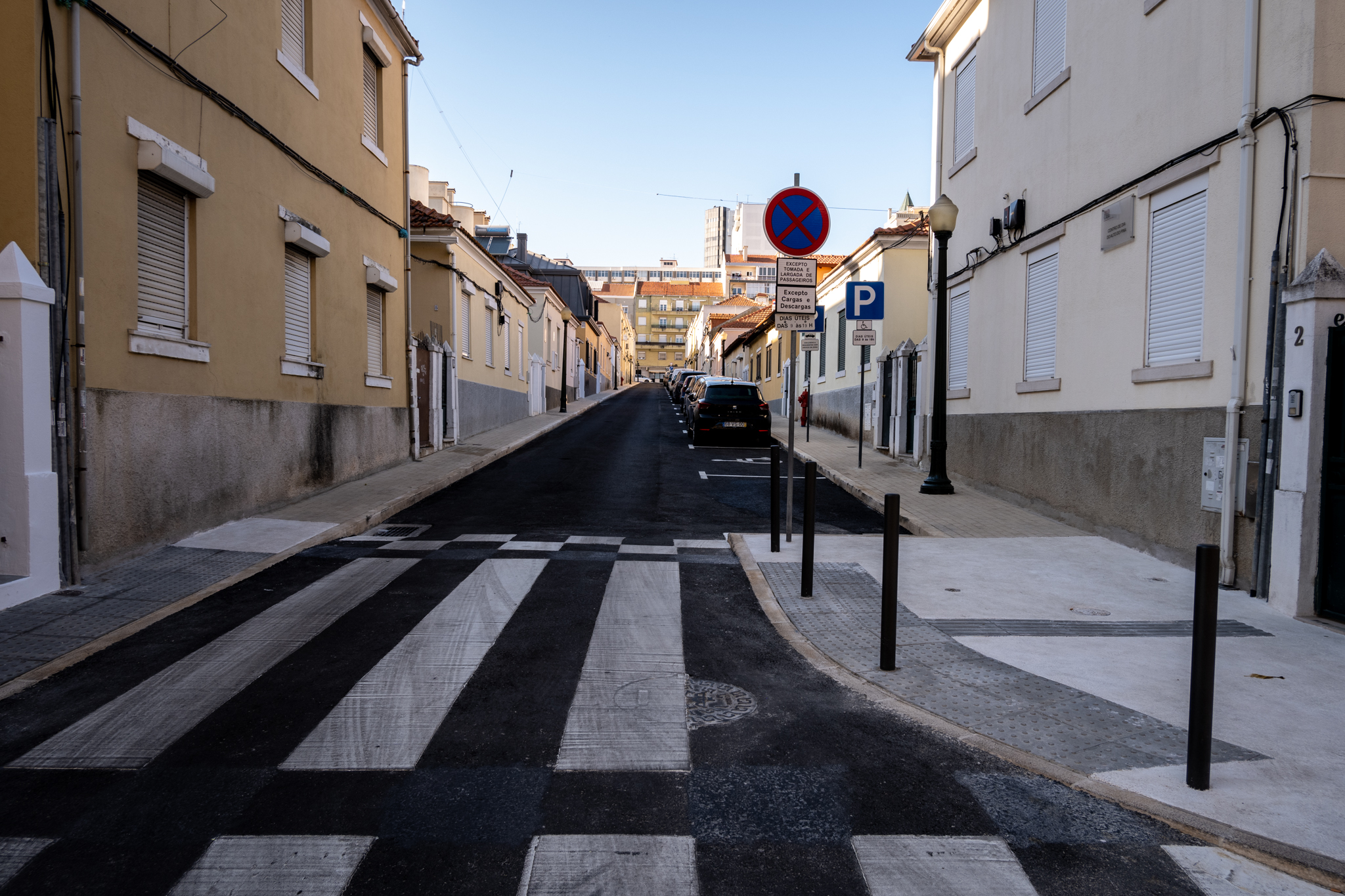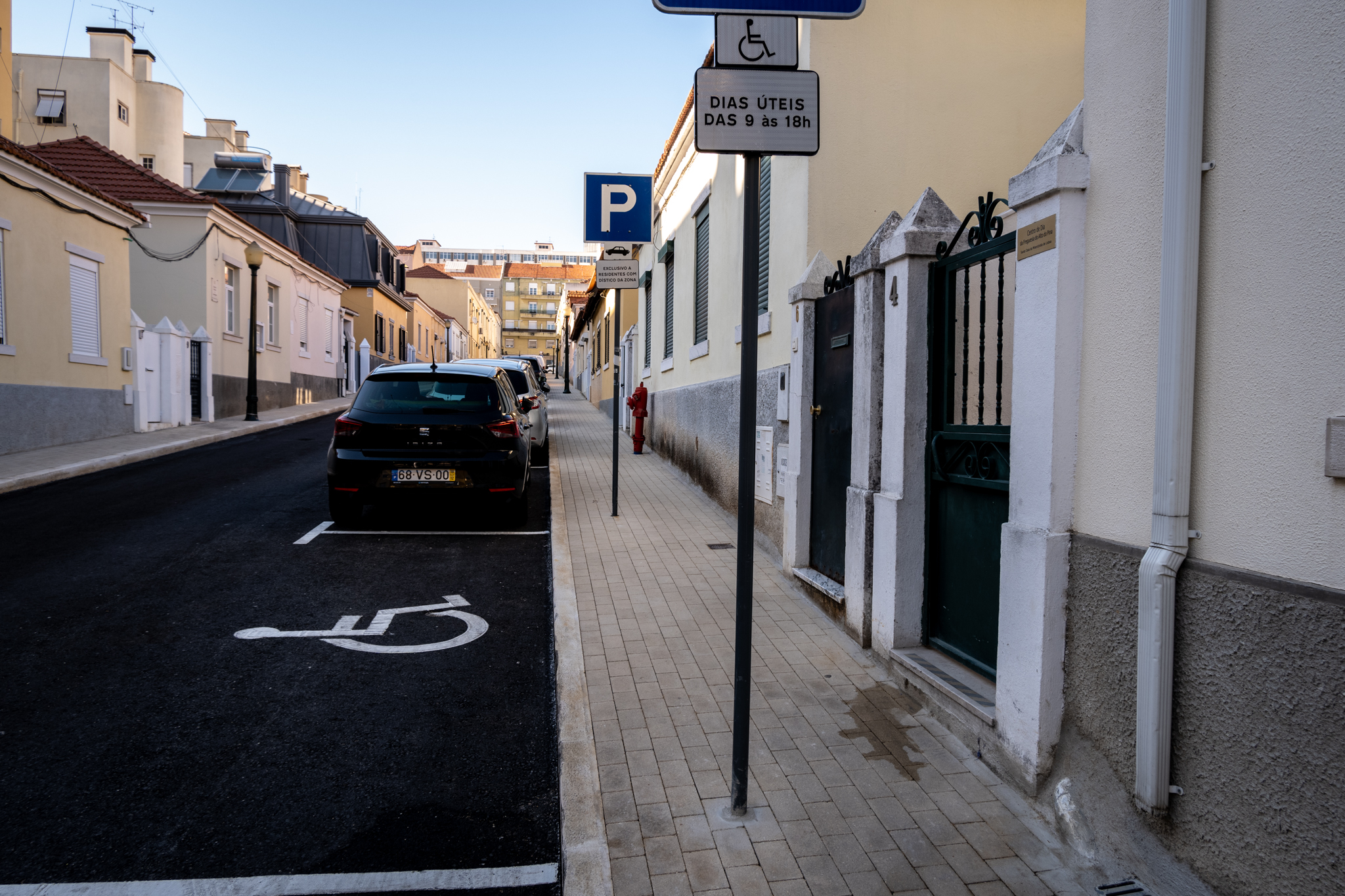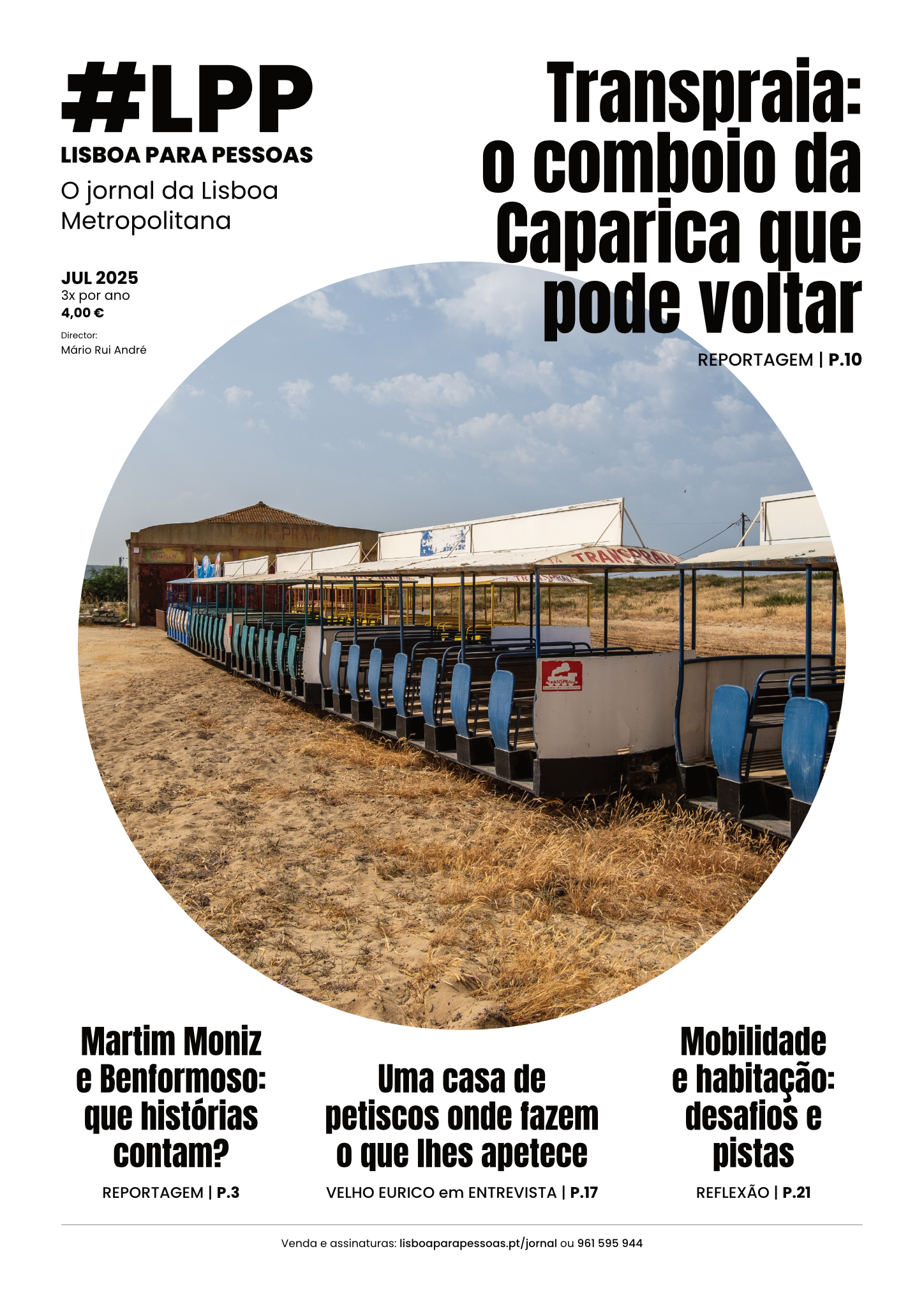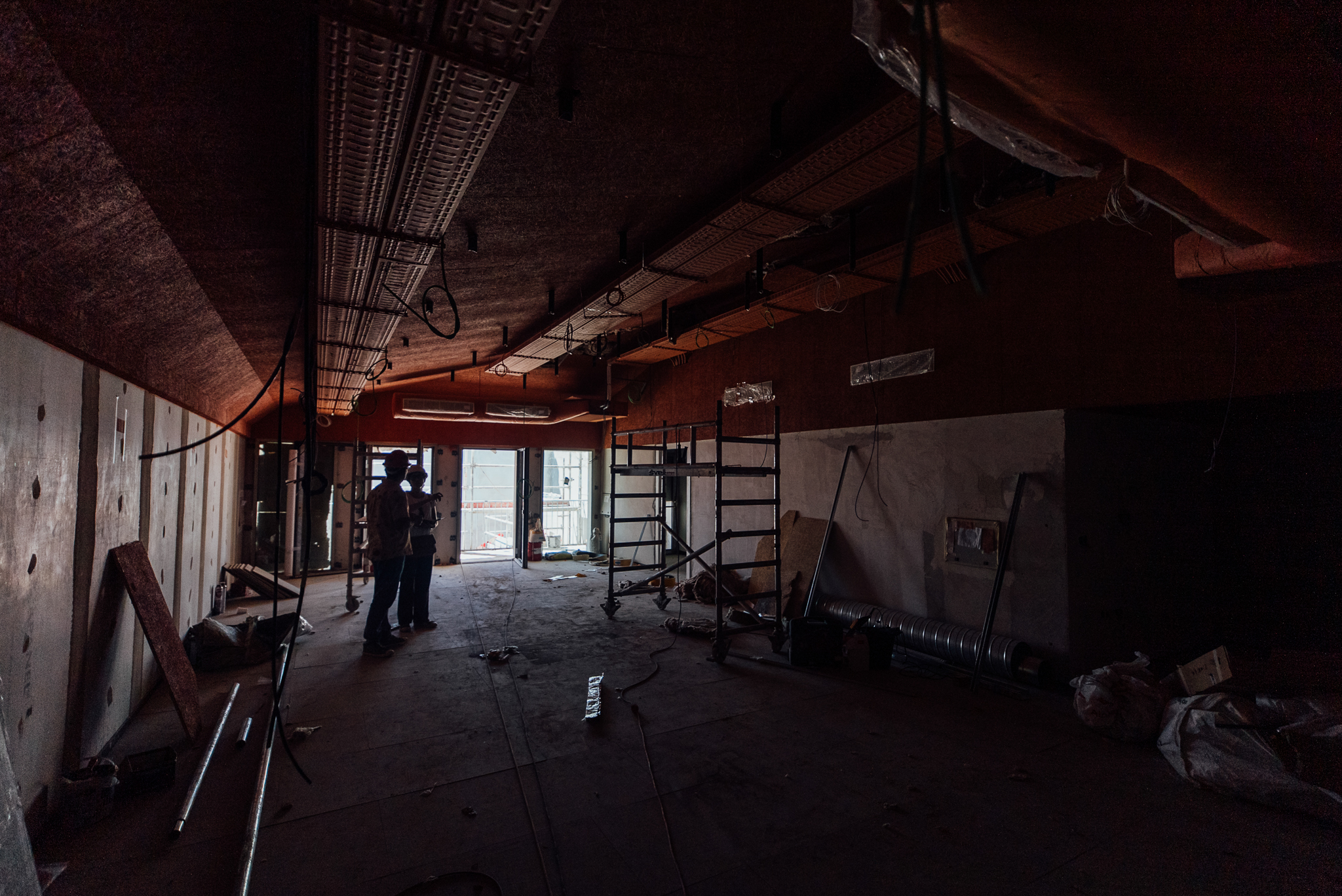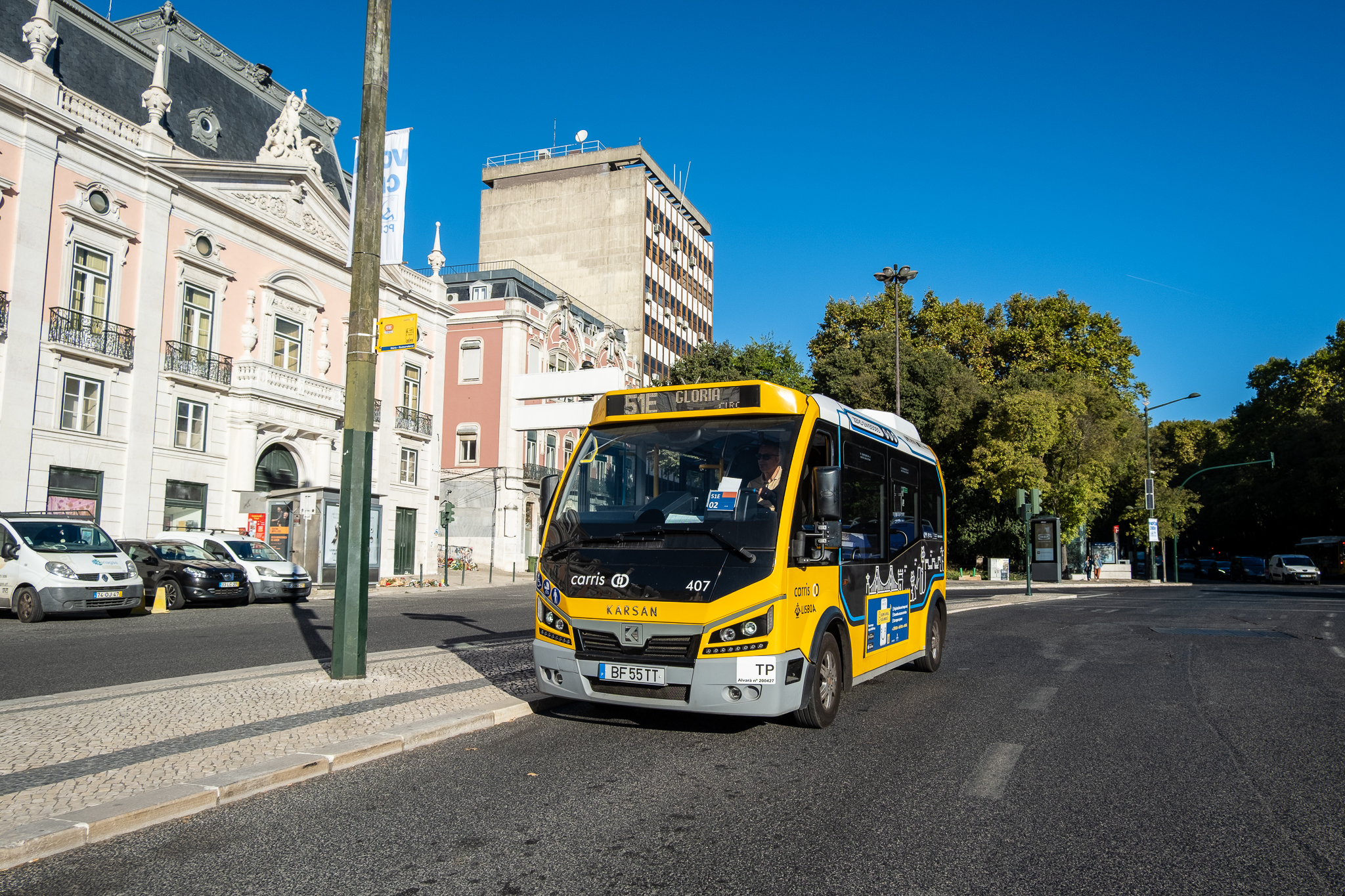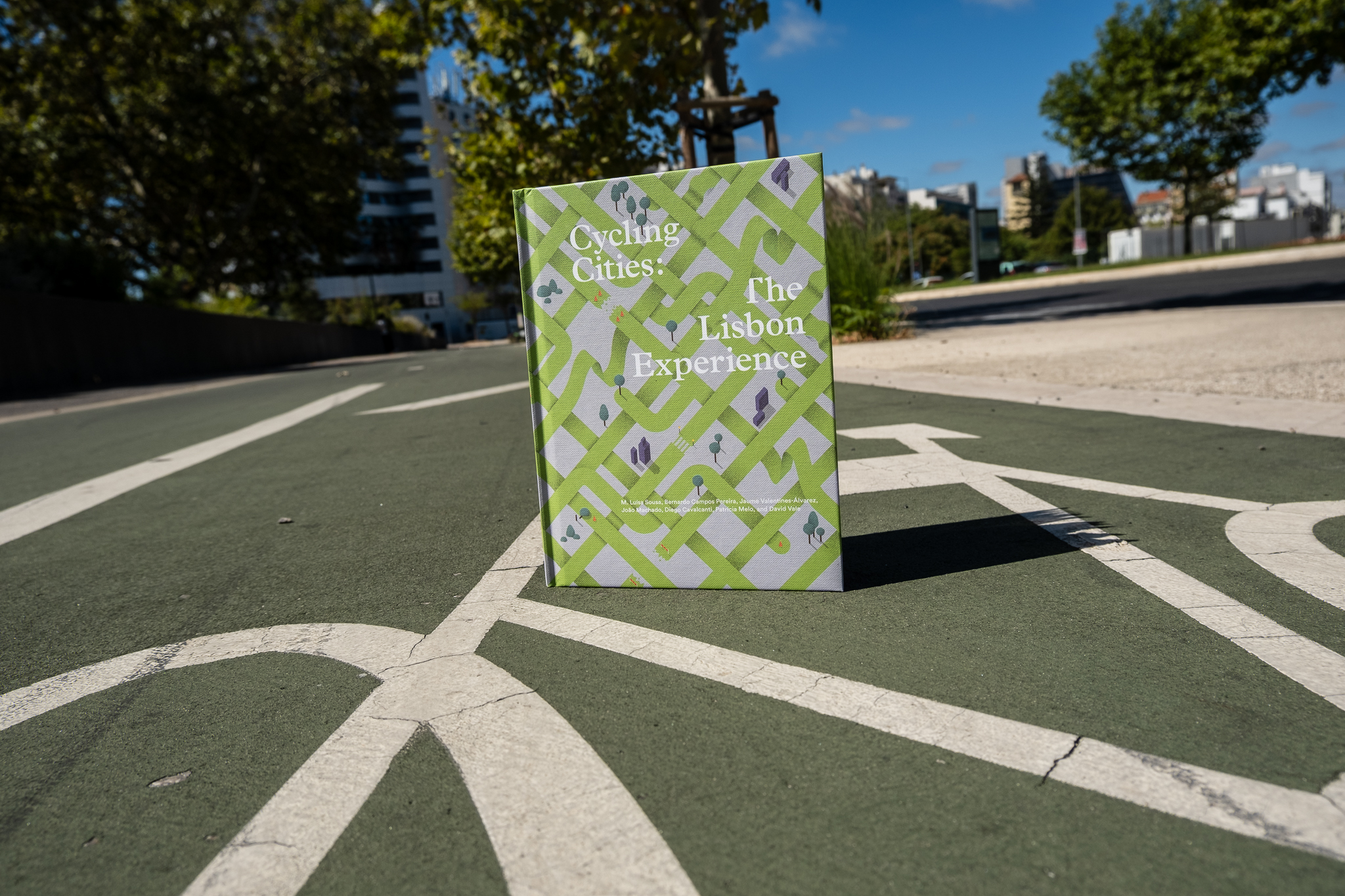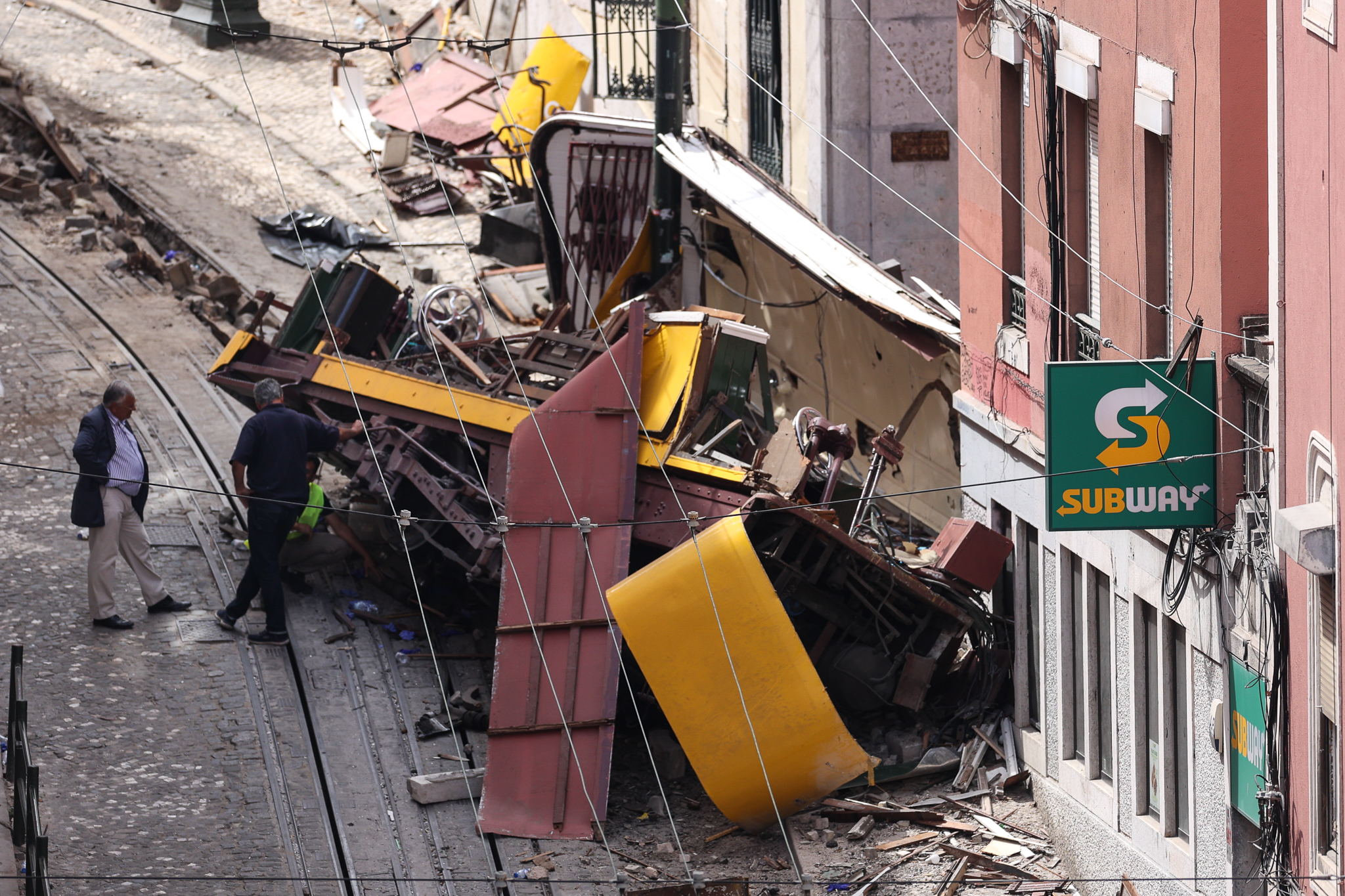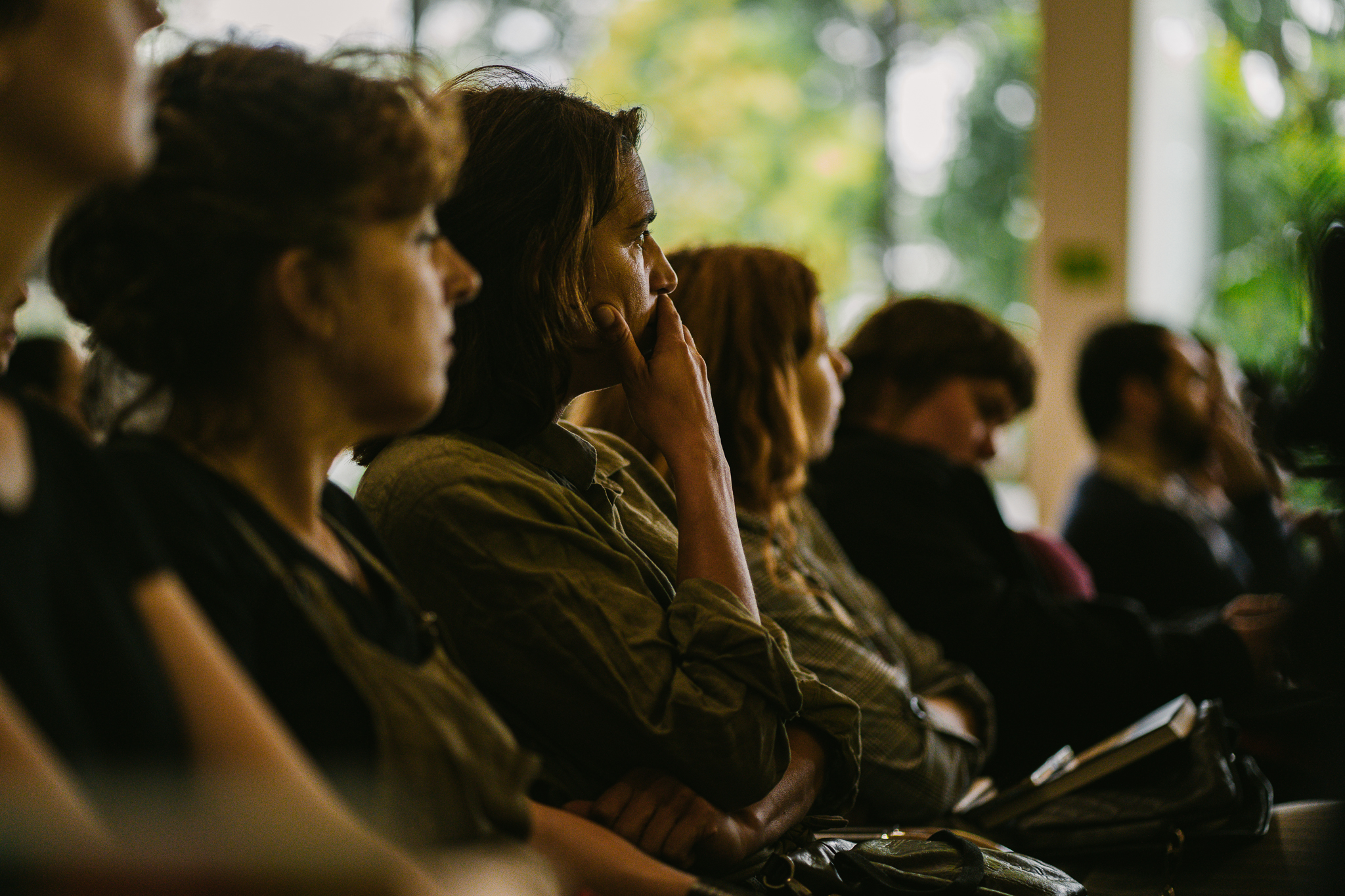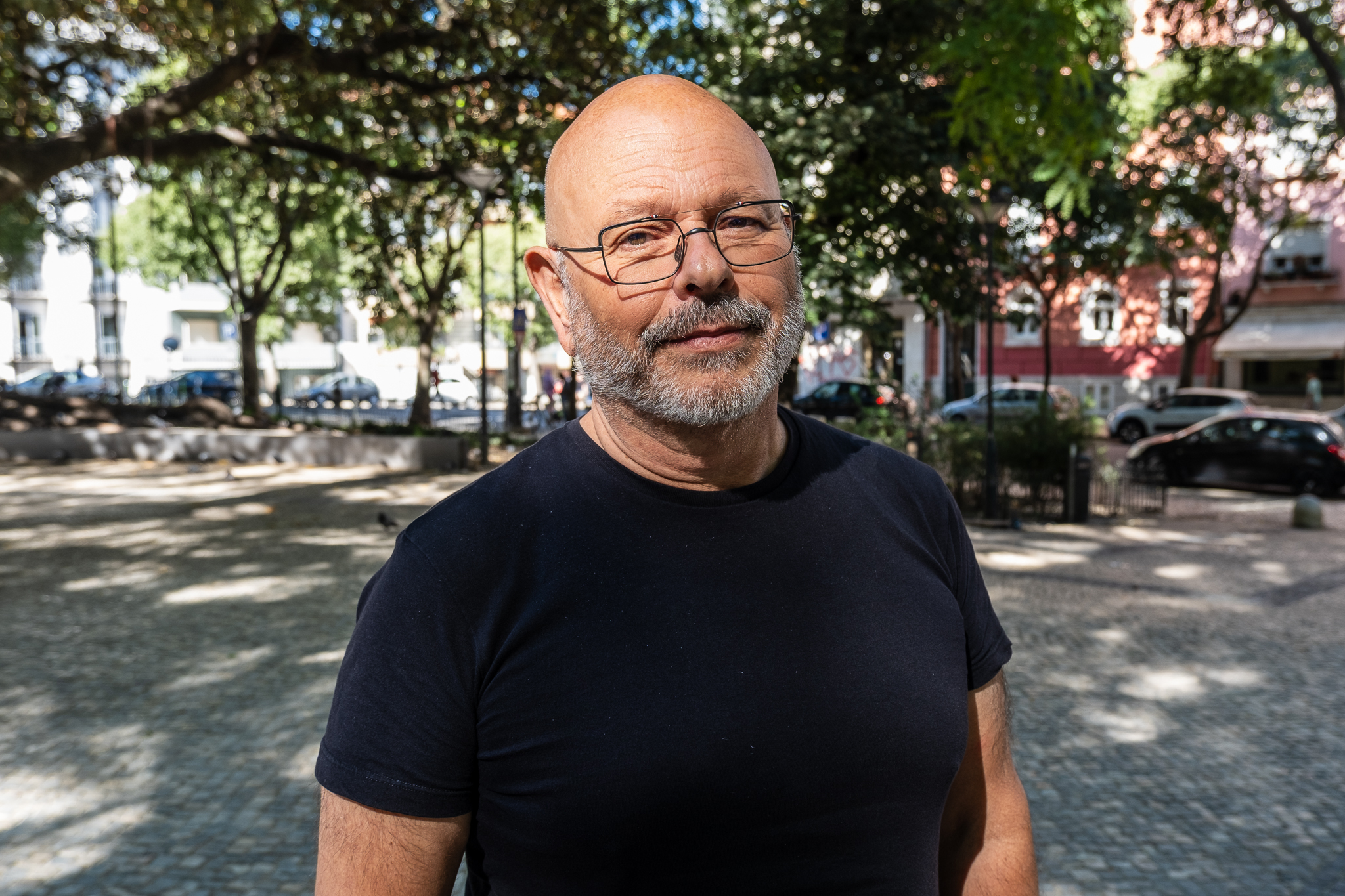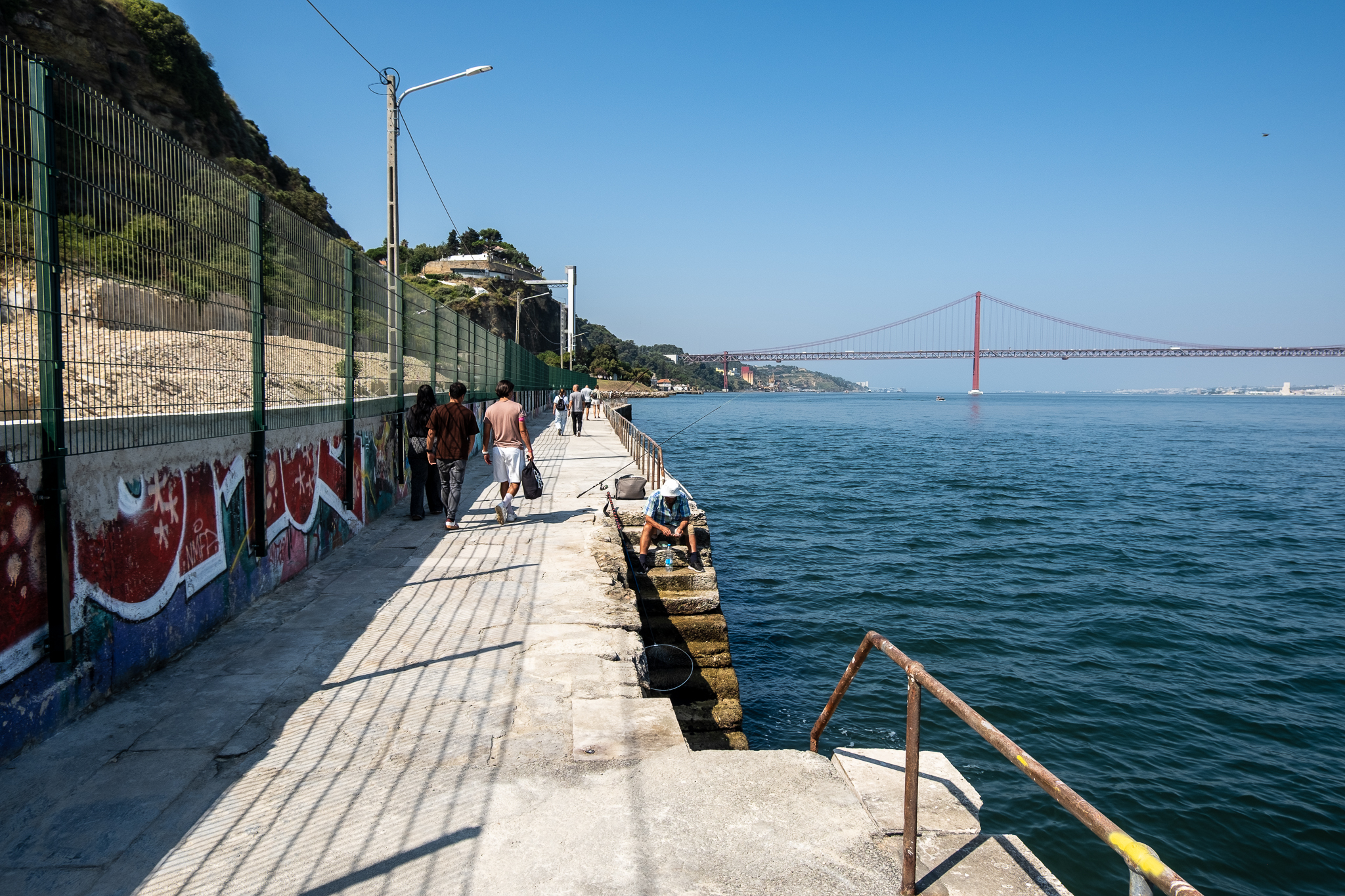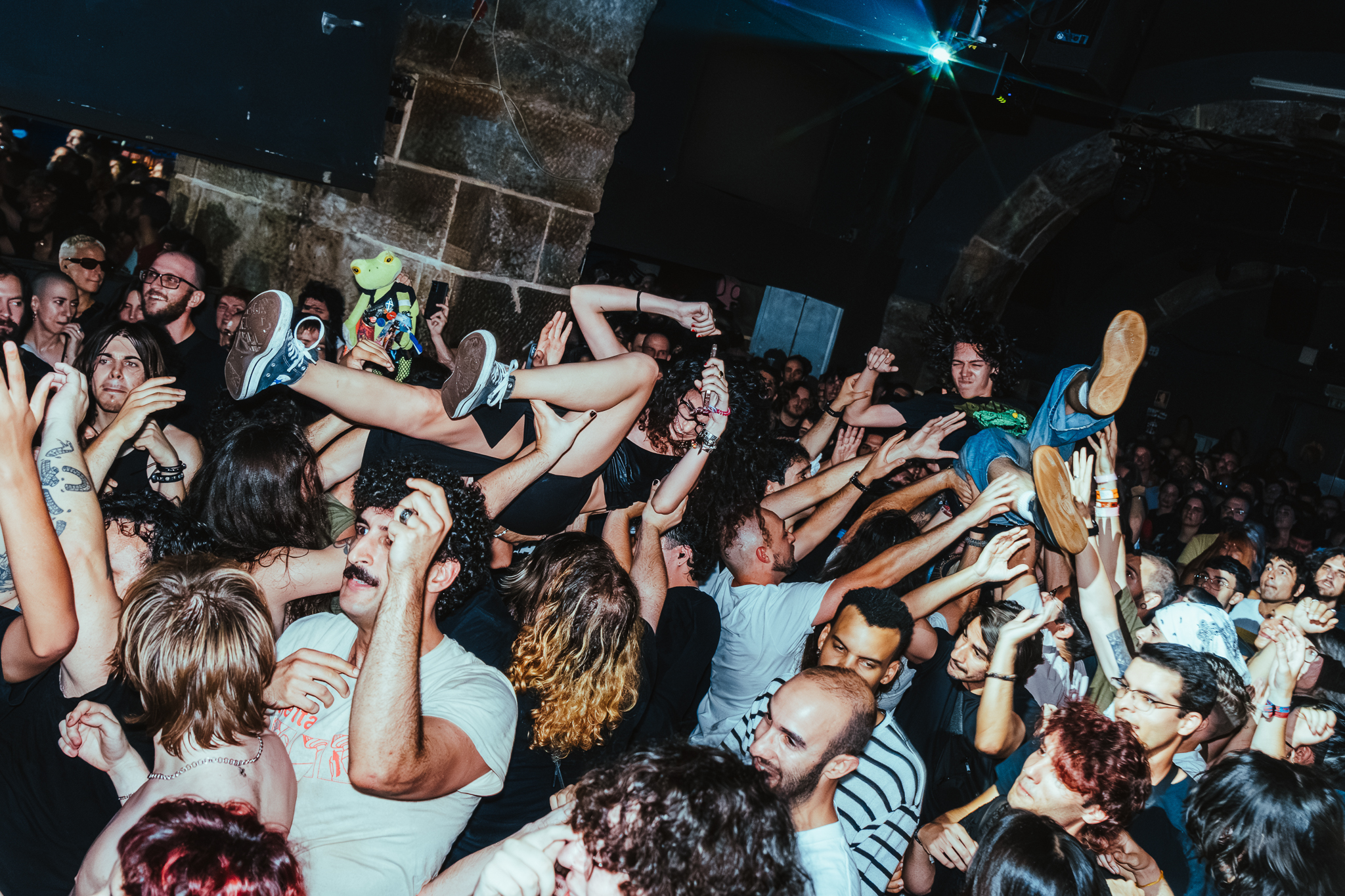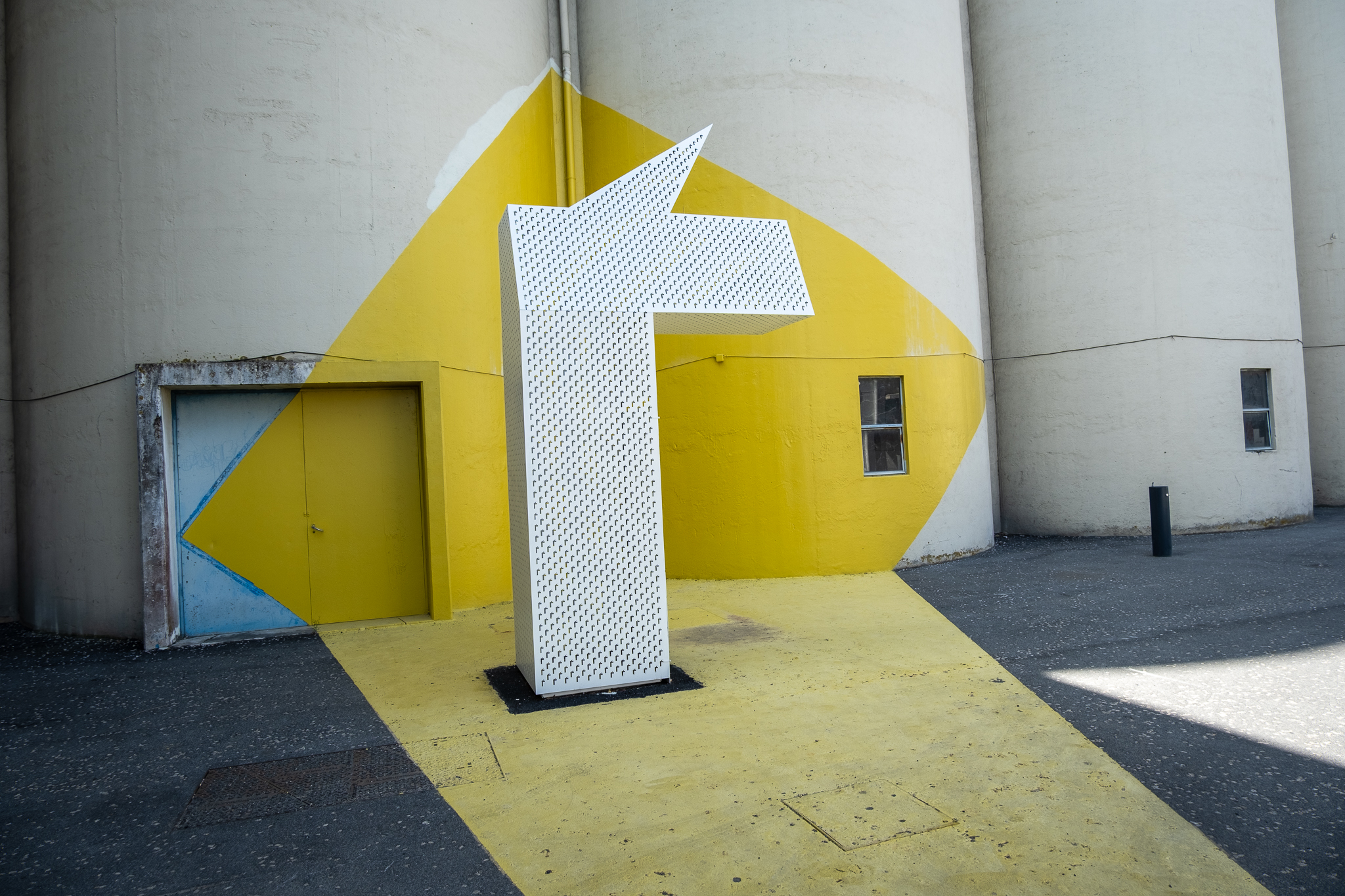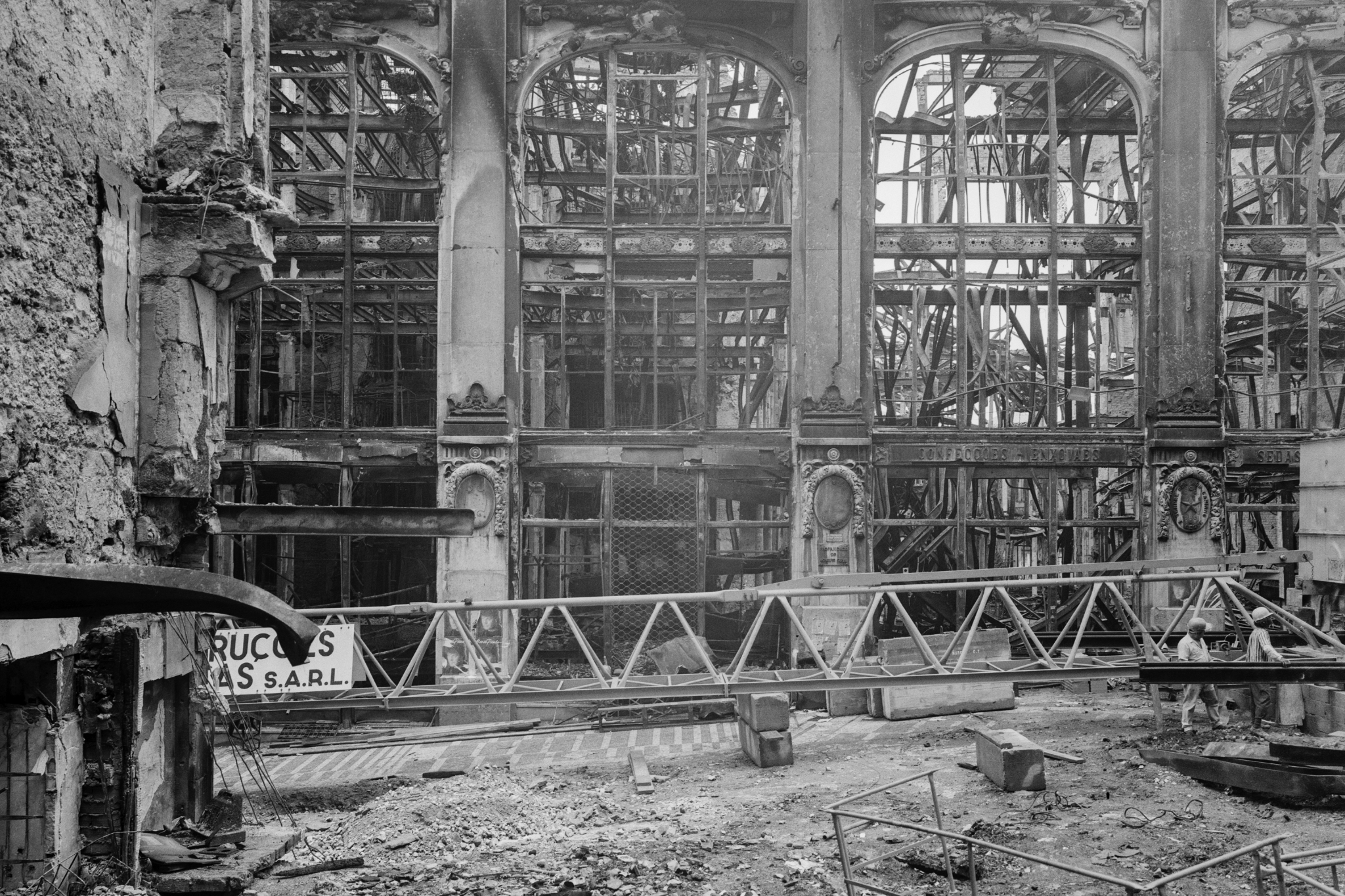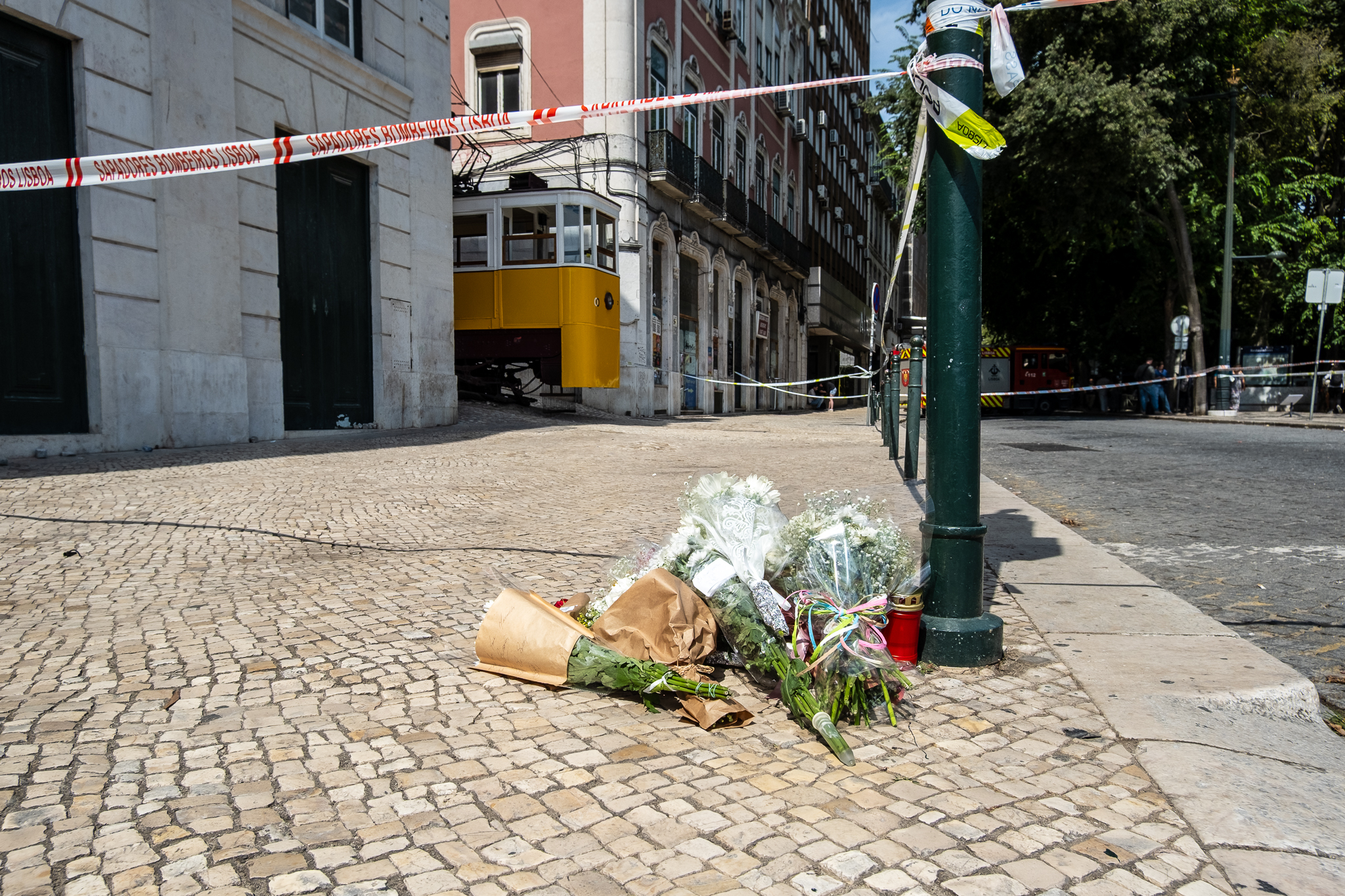
A Rua Capitão Henrique Galvão, no Areeiro, foi requalificada; e este texto não é sobre essa rua específica mas sobre como podemos reimaginar o nosso espaço urbano, em particular as zonas residenciais. Será que esta rua poderia ser diferente?
Antes da intervenção agora levado a cabo pela Junta de Freguesia do Areeiro, a Rua Capitão Henrique Galvão parecia parada no tempo: os seus passeios tortos, os candeeiros verdes de outros tempos e a correnteza de edifícios de apenas dois andares (alguns de apenas um) davam-lhe um ar característico e único – numa zona de prédios altos, iluminação contemporânea e passeios mais ou menos modernos.
O edificado singular da Rua Capitão Henrique Galvão explica-se pela sua história: esta rua foi, em tempos, um bairro municipal, o Bairro Municipal Presidente Carmona. Teve este nome até pouco depois do 25 de Abril de 1974, altura em que o “nome de um Presidente da República do Estado Novo por um militar que se celebrizou pelo assalto ao paquete Santa Maria, em 1961, como forma de protesto contra a falta de liberdade cívica e política em Portugal”, conforme explica o blogue da autarquia sobre a toponímia de Lisboa.
A obra na Rua Capitão Henrique Galvão conferiu-lhe particularidades que fazem parte das ruas modernas de Lisboa: passeios avançados na zona das passadeiras de forma a melhorar a visibilidade do peão, passadeiras sobrelevadas para assegurar velocidades reduzidas e a segurança dos mais vulneráveis, e passeios refeitos com lajes que conferem um maior conforto pedonal e estabilizam um caminho a direito, plano, sem altos e baixos.
Os candeeiros icónicos da rua foram mantidos, apenas repintados. O passeio de um dos lados, aquele que tem estacionamento foi ligeiramente aumentado com um pequeno estreitamento da via. Os pilaretes que existiam em frente em aos acessos a algumas casas, para impedir o estacionamento ilegal, foram removidos. Podes ver como a rua era antes:
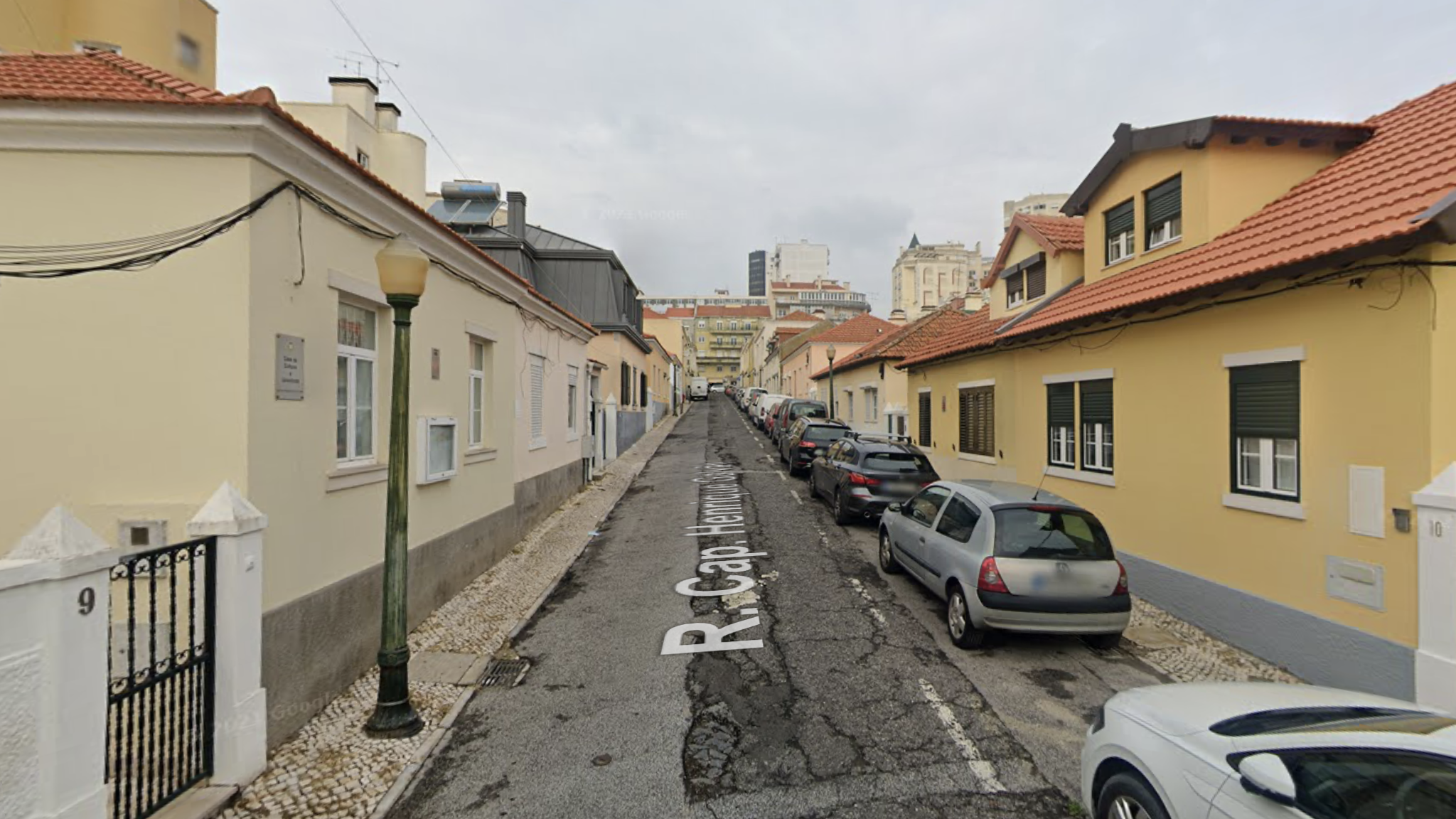
A intervenção na Rua Capitão Henrique Galvão modernizou-a e trouxe novas medidas de acalmia e segurança. No entanto, gerou outros problemas. Por exemplo, a repavimentação e a reconstrução dos passeios acentuou o desnível que antes praticamente não existia entre os espaço pedonal e o viário. Dada a largura reduzida dos passeios e o baixo tráfego daquela artéria, muitas pessoas circulavam na estrada, podendo facilmente resguardar-se no passeio para deixarem passar um veículo. Esse comportamento é agora mais difícil, nomeadamente para pessoas de mobilidade reduzida ou com um carrinho de bebé, que não conseguirão circular em condições nos novos passeios devido aos obstáculos.
Esses obstáculos são essencialmente os postes de iluminação. Estes não foram relocalizados e mantêm-se no meio dos dois passeios da rua, nas mesmas posições que ocupavam quando o bairro municipal foi construído (numa altura em que não existia qualquer preocupação com as acessibilidades pedonais). Tanto no passeio mais largo como no mais estreito, os postes impossibilitam a circulação de uma cadeira de rodas ou de uma pessoa com um carrinho de bebé. No lado onde existe estacionamento (uma barreira), poderá ser complicado entrar ou sair de casa para algumas pessoas, sejam elas residentes ou visitantes.
Será que a rua poderia ser diferente? Deixamos duas sugestões:
- reajustar o estacionamento de forma a permitir que, nas áreas em frente aos postes de iluminação, pudesse haver um passeio mais amplo, garantindo que qualquer pessoa conseguiria circular, independentemente da sua condição motora ou do que leve na mão. Com estes reajustes no estacionamento automóvel, poderiam ser criadas bolsas para motociclos e para bicicletas, ou plantadas árvores de forma a aumentar a sobre e frescura da rua;
- transformar toda a rua numa zona de coexistência. Neste caso, todo o piso seria uniforme e ao mesmo nível. Não haveria estrada e passeio: peões e veículos partilhariam o mesmo espaço com prioridade para a circulação pedonal. O limite de velocidade seria reduzido para 20 km/h.

Se resolver a situação da iluminação na Rua Capitão Henrique Galvão poderia ser mais difícil, mais fácil teria sido a sinalização vertical no começo da rua. A localização dos sinais cria mais um entrave à mobilidade pedonal; poderiam ter sido encostados ao lancil ou aos edifícios. De acordo com o Manual de Espaço Público da Câmara de Lisboa, “os sinais devem ser colocados de forma a garantir boas condições de legibilidade das mensagens neles contidas e a acautelar a normal circulação e segurança dos utentes do espaço público – peões e veículos”.
O Manual de Espaço Público estabelece alguns exemplos de como esta sinalização poderia ser resolvida, cumprindo-se a regra de a sinalização estar afastada pelo menos 30 cm da vertical do lancil da estrada. Lê-se ainda: “Em alternativa, e igualmente com o objectivo de libertar espaço no passeio quando o mesmo é estreito ou inexistente, deverá ser equacionada, caso a caso, a possibilidade e/ ou a vantagem de utilizar postes colocados junto às fachadas dos edifícios – suporte em bandeira – ou a fixação do sinal diretamente à fachada.”
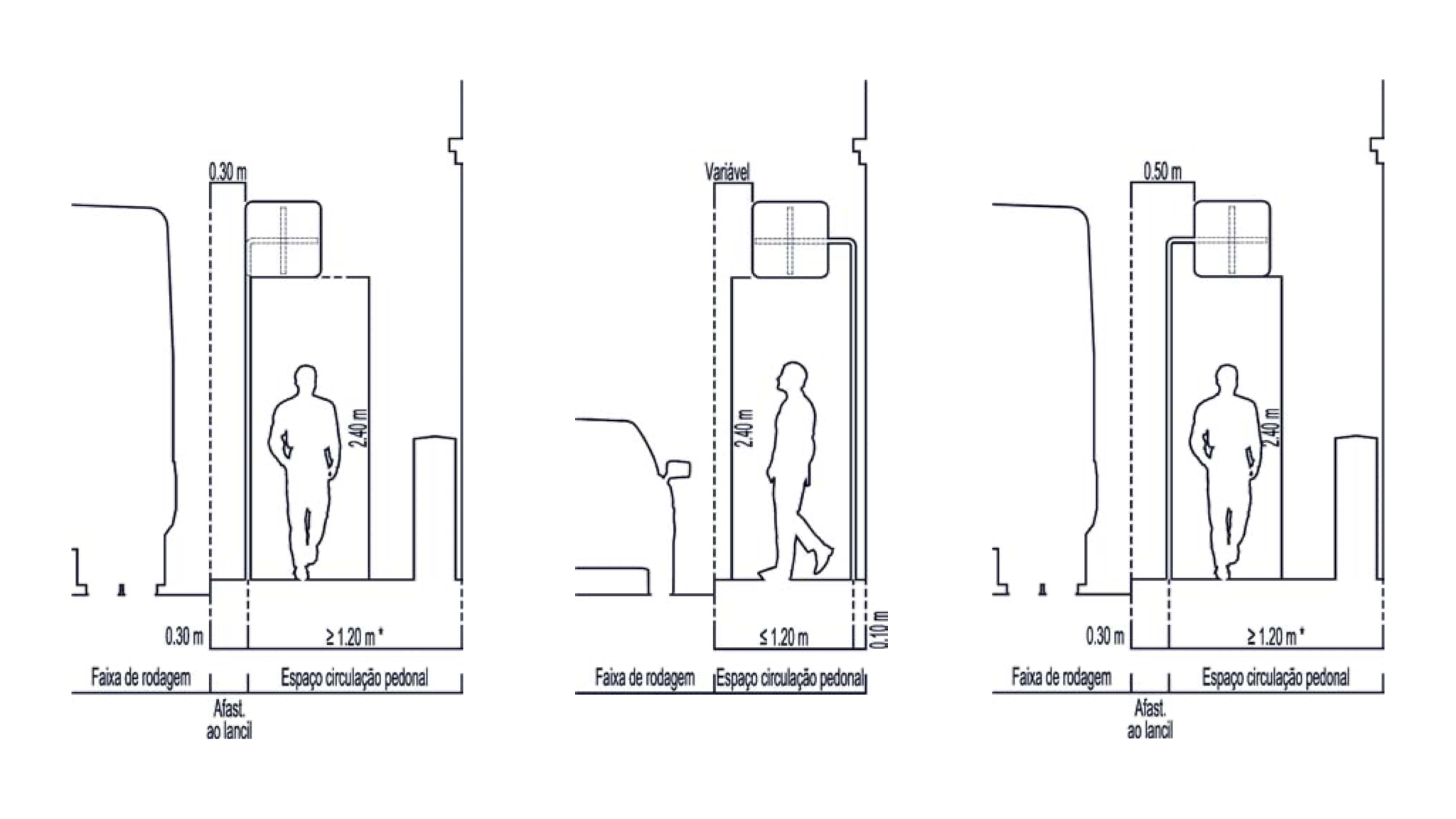
Como diz e escreve Mikael Colville-Andersen, urbanista e consultou na área da mobilidade, o passeio serve para “manter as estradas livres de obstáculos irritantes” e não são só os peões. É na estrada que está o poder, onde melhor se caminha, enquanto que os passeios, de uma forma geral, são estreitos e estão obstruídos por tudo o que não pode atrapalhar a fluidez do tráfego. Mas será que tem de ser assim? Será que a Rua Capitão Henrique Galvão e outras ruas de bairros da cidade poderiam ser diferentes, permitindo a coexistência de peões e veículos?
